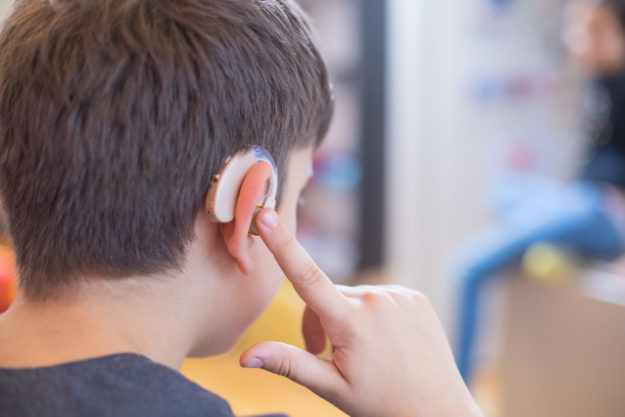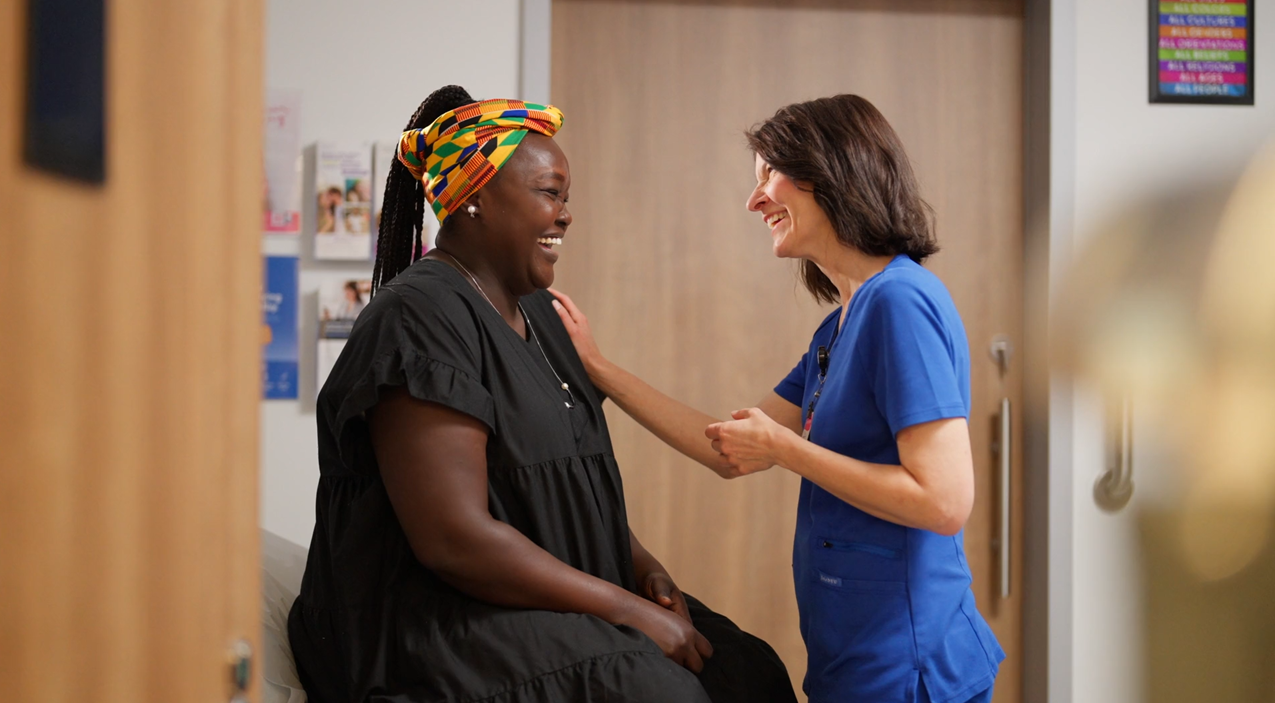Accommodations for Students Who are Deaf and Hard of Hearing
Oct 17, 2022, 9:47 AM | Updated: Dec 12, 2022, 11:57 am

Photo: Adobe Stock
This article about accommodations for students is sponsored by Sorenson.

Photo: Adobe Stock
According to the CDC, about 15% of school age students experience significant hearing loss in at least one ear. The severity of hearing loss can be mild to severe, which can create challenges in the classroom. With the right accommodations, however, the student can be on the road to success. Keep reading to learn more about the different types of accommodations available for students who have hearing loss.
Interpreters

Photo: Adobe Stock
Sign language (ASL) interpreters are trained professionals who sit in the classroom with the student next to the teacher. They are there simply to interpret: they do not assist the student in their studies or change the meaning of what the teacher is saying to the student.
A teacher with a student who requires interpretation may be asked to speak slowly to give the interpreter time to translate. Teachers may also be asked to provide lessons in advance so that the interpreter can prepare their vocabulary ahead of time.
Captioning
Live captioning programs can help students follow along in class. Sorenson’s CART captioning service, for example, converts audio into on-screen text in real time so students can read the instructor’s words. Afterward, the full transcript is available for download, so students can review the session or use it as a study guide.
Live note-takers

Photo: Adobe Stock
A deaf or hard of hearing student may request a notetaker so they can give full attention to reading lips or watching the interpreter. These students can also request all assignments in written form. This allows them time to read and understand their assignment.
A notetaker should work with the teacher to ensure they are including key points and takeaways for the student to review later.
Extended time on tests
Hearing loss can impact an individual’s ability to process information, including written information. This does not mean they are slow learners or will have a harder time learning new information.

Photo: Adobe Stock
Extending time on tests allows them to process the instructions and review the options at the speed they need to. This gives them time to pull the information from memory and respects their cognitive ability.
In addition to extending time on tests, students can request to review slides or handouts before a teacher speaks or begins class. This gives them time to prepare for the material they are about to learn.
Assistive devices
Schools can provide FM systems that hook-in to hearing aids or cochlear implants. If the student has a mild hearing loss or auditory processing disorder that does not require hearing aids, they may still benefit from an FM system with headphones. Noise-canceling headphones may improve the effectiveness of that approach.

Photo: Adobe Stock
When offered these accommodations students are more engaged, retain more information, and become better with communication. Inclusive classrooms allow for students of all abilities to succeed in their academic pursuits.
Related articles:
- 5 Important Benefits of Playing an Instrument: Why Music Has Incredible Power and Will Change Your Life
- SelectHealth Launches School Physical Activity Program: B3: Brain Body Boost
This is a sponsored article brought to you by KSL News Radio in conjunction with the advertiser. The advertiser paid a fee to promote this article and may have influenced or authored the content. The views expressed in this article are those of the advertiser and do not necessarily reflect those of KSL News Radio, its parent company, or its staff.







